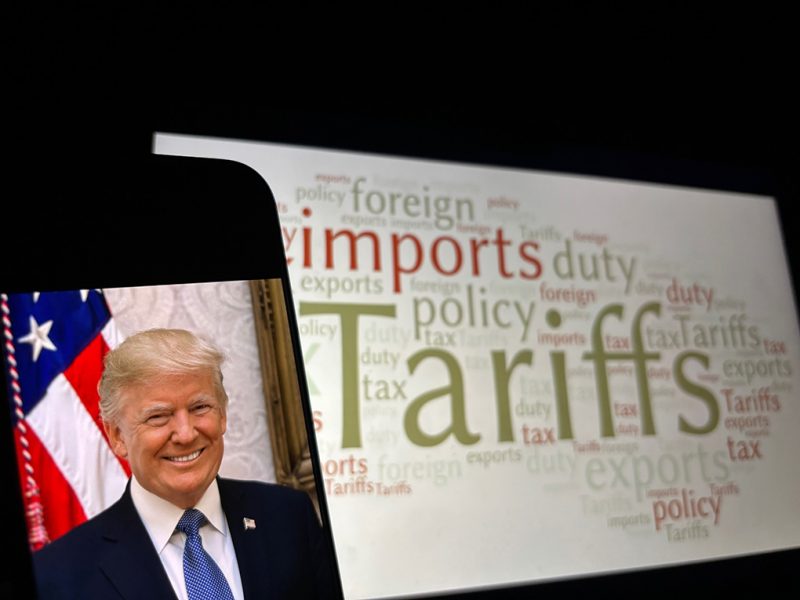
The United States, under former President Donald Trump’s administration, imposed significant tariffs on key global trading partners. These measures have caused shifts in global trade, particularly affecting China, Canada, Mexico, and the European Union. This article examines the timeline of these tariff announcements, the global reactions, and the economic impact.
U.S. Tariff Announcements and Key Developments
In February, the Trump administration introduced tariffs on various countries, citing issues related to fentanyl and illegal migration. The first round of tariffs began on February 10, with a 10% tariff on Chinese imports. By March 4, a 25% tariff on steel and aluminum from almost all countries was implemented. Tariffs on Canadian and Mexican imports were also introduced around this time.
On April 2, the U.S. announced reciprocal tariffs for trading partners. The minimum tariff on imports from all countries was set at 10%, effective from April 5. However, on April 9, the U.S. paused these tariffs for 90 days, except for those on China, which were increased to 104%.
Global Reactions to U.S. Tariff Measures
Countries around the world responded swiftly to the U.S. tariff measures. Canada, Mexico, and the European Union imposed their own countermeasures. For example, China applied a 15% tariff on coal and liquefied natural gas (LNG) imports from the U.S., later increasing tariffs on U.S. goods to 125%. The European Union imposed countermeasures on U.S. steel and aluminum, with measures taking effect on April 15.
While tensions grew, the European Commission welcomed the 90-day pause, seeing it as a potential move toward stabilizing the global economy. The EU warned that it would implement countermeasures if negotiations failed. Meanwhile, China has maintained a hardline stance, refusing to back down from the tariff war.
Impact on Global Trade and Market Shifts
Experts predict that the tariff war will have significant economic consequences for both the U.S. and China. U.S. businesses are facing challenges in replacing Chinese imports, which could reshape global supply chains. On the other hand, China’s economy, already under strain, will likely be further affected by U.S. tariffs.
A major concern is the redistribution of global trade flows. As tariffs rise, companies are looking for new suppliers, and the movement of goods may shift to other regions. The key question remains: where will Chinese goods be redirected, and how will this impact the global market?
Conclusion
The ongoing tariff war between the U.S. and its global trading partners is far from over. The recent 90-day tariff pause signals a potential opportunity for negotiations, but tensions remain high. Countries will likely feel the full impact of these tariffs worldwide as trade flows adjust and responses continue.
For more updates on global trade policies and market pricing, stay tuned to SuperMetalPrice, your trusted source for metals and alloys news.











Leave a Reply
You must be logged in to post a comment.